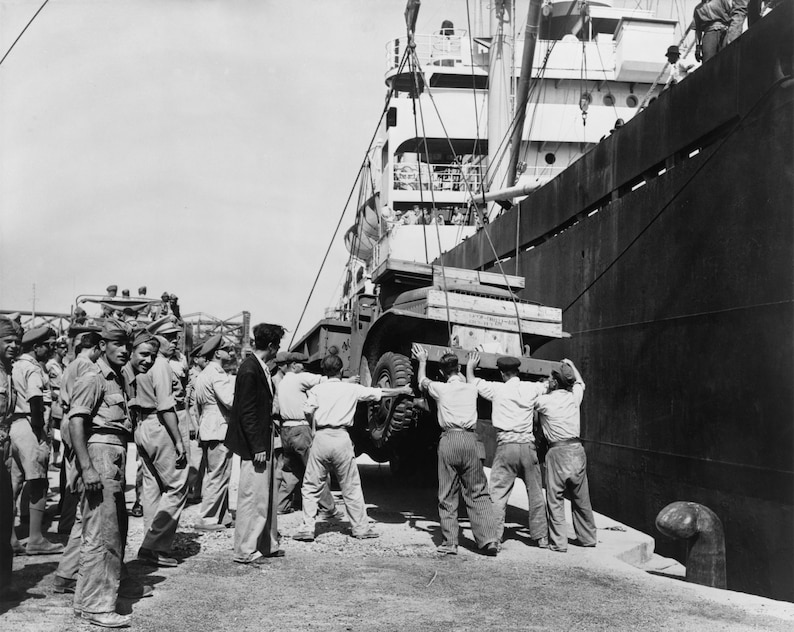The devastation that occurred during World War II (WWII) continues to shape modern history. However, following the events of this war, another conflict between two major states arose. In the next four decades, the United States (US) and the Union of Soviet Socialist Republics (USSR) influenced most global geopolitics on the path of state expansion. Many of the consequences are seen today, including the relations between Europe, North America, China, and Russia, the US influence in other countries, and the expansion of military power and nuclear threat.
First, the Cold War affected contemporary alliances and tensions between countries. In 1949, the creation of the North Atlantic Treaty Organization (NATO) started the growing divide between countries in Europe and North America and the Soviet Union. Following the Soviet Union, many Eastern European nations that previously supported the soviet regime joined NATO instead (Blakemore). As a result, one of the major powers in the conflict – the US – expanded its power and collaboration with other states. At the same time, the USSR lost many valuable allies in global discussions.
Another event that affected international relations was the Korean War, in which the US, the USSR, and China supported the opposing forces behind South and North Korea. This conflict has led to the establishment of two separate nations that still have a tense relationship (Stack; Zanchetta 5). Following these events, the Sino-Russian relationship has continued to evolve (Yoder 742). In contrast, the US draws further away from finding allies in the region.
The US participated in many conflicts during the Cold War and used the withdrawal of other states to take financial and political control over many regions. One of the examples is the establishment of the Truman Doctrine. It was a policy responsible for containing the growth of communist narratives in foreign nations (Blakemore). As a result, the US established connections with other states and provided financial and military assistance to them while also improving its position as a global leader. This policy has led to significant political changes, which can still be seen in most countries.
Finally, the Cold War caused all countries to reconsider their approach to scientific and military development. Here, the Arms Race and the Cuban Missile Crisis became tipping points, where the US and the USSR came close to starting a nuclear war. As both states acquired more weapons and entered other nations to place their missiles, the tension between them almost led to a disaster of immeasurable proportions (Zanchetta 3).
The result of de-escalation did not cause the countries to stop producing nuclear weapons. Nevertheless, both states now take a more cautious approach to using such weapons as leverage, which can be seen in their treatment of threats issued by North Korea (Zanchetta 4). Therefore, these events changed the course of the Cold War, and they continue to influence global relations to this day.
During the Cold War, numerous changes in alliances formed the current geopolitical scene. The US was able to establish its presence in many countries through the creation of NATO and the Truman Doctrine. The Korean War separated South and North Korea and strengthened the divide between the US, China, and modern Russia. Overall, these nations aimed to raise their power over other states and global politics, decreasing the impact of the opposing political regime at the same time.
Source Summaries
In the article “The Relevance of the Cold War Today,” Zanchetta explores how the events of the Cold War affected the present political climate and resulted in modern conflicts around the globe.

This photograph was taken in the 1940s – it demonstrates the growing presence of the US in Greece following the signing of the Truman Doctrine.
Works Cited
Blakemore, Erin. “What Was the Cold War—and Are We Headed to Another One?” National Geographic, 2022.
Stack, Liam. “Korean War, a ‘Forgotten’ Conflict That Shaped the Modern World.” The New York Times, 2018.
Yoder, Brandon K. “Theoretical Rigor and the Study of Contemporary Cases: Explaining Post-Cold War China–Russia Relations.” International Politics, vol. 57, no. 5, 2020, pp. 741-759.
Zanchetta, Barbara. “The Relevance of the Cold War Today.”Geneva Centre for Security Policy, 2016.